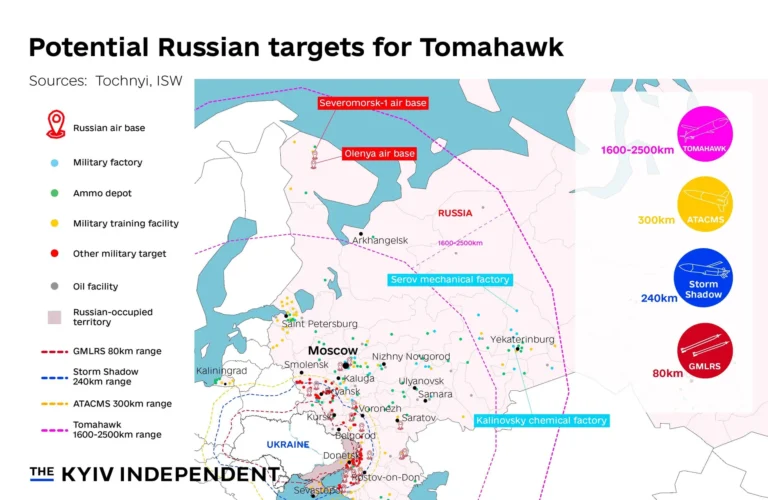
While diplomats rush between Washington, Moscow, and European capitals promising “historic breakthroughs,” Russia continues to bombard Ukrainian cities daily. The contrast is stark: peace rhetoric abroad, bloodshed at home. What emerges is less a path to peace than a contest of illusions, where every side jockeys for leverage while civilians pay the price.
Europe’s “Coalition of the Willing” Boots on the Ground?
For the first time since the full-scale invasion, major European powers are openly considering sending troops into Ukraine as part of a postwar security guarantee. Britain and France are spearheading the initiative, joined by around ten other allies. Discussions range from “reassurance forces” stationed in western Ukraine to long-term deployments meant to deter future Russian aggression.
Trump, meanwhile, has been characteristically inconsistent. After dismissing security guarantees as “Europe’s responsibility,” he now says the U.S. may provide “support from the air.” No American boots on the ground, but perhaps no-fly zones, missile defense systems, or intelligence assets. Washington is offering help, but carefully avoiding entanglement.
The proposal underscores a paradox: Europe is willing to risk lives to uphold Ukraine’s independence, while the U.S. is hedging its bets. Whether that adds up to meaningful deterrence is an open question.
Moscow Wants a Veto Over Ukraine’s Future
If Europe and the U.S. are busy sketching out guarantees, Moscow is busy trying to rewrite them. Foreign Minister Sergey Lavrov insists security guarantees are impossible without Russia at the table. In other words, the aggressor wants a veto over the victim’s future.
The Kremlin’s demands echo the failed 2022 Istanbul talks: no NATO membership, no foreign troops in Ukraine, and Russia itself listed as a guarantor of Ukrainian security. That last point would effectively allow Moscow to attack Ukraine again, then block any international response. European leaders rightly call the proposal absurd, but it shows Putin’s strategy hasn’t shifted an inch.
Zelensky Secures U.S. Backing at a Price
For President Volodymyr Zelensky, the latest White House visit marked progress. Trump agreed, at least verbally, that the U.S. would take part in security guarantees, something Washington had resisted until now. Zelensky returned to Kyiv calling it a “very important step” for both Ukraine and Europe.
But optimism quickly faded. Within 24 hours, Russia launched one of the largest air barrages of the war, nearly 600 drones and 40 missiles, striking cities far from the front. The timing was no accident: every diplomatic step forward is met with a military strike meant to remind the world that Putin controls the tempo.
Talks of Peace, Reality of War
Trump’s Alaska summit was billed as a breakthrough. Rumors swirled of imminent ceasefires, territory swaps, and even a Zelensky–Putin meeting. None of it materialized. Instead, Russia unleashed five consecutive days of deadly strikes, killing at least 31 civilians and injuring 145. The symbolism was clear: Moscow kills while others talk.
On the ground, Russia is quietly cementing its occupation. Satellite images show Donetsk Airport rebuilt into a drone launch hub. Resorts in Crimea, schools in Donetsk, and factories in Mariupol are now barracks and repair bases. Ukraine fears Trump’s floated idea of “territorial swaps” would effectively hand over these militarized zones, gifting Russia staging grounds for its next war.
Putin’s Creeping Offensive
If diplomacy drags, the battlefield doesn’t. Russian forces are pressing hard around Pokrovsk in Donetsk. Using small infiltration units, they exploit gaps in Ukraine’s lines, inching forward a few hundred yards at a time. The tactic is brutal but effective, seize as much ground as possible before any deal is signed.
Ukraine has countered with reinforcements, but the strain is obvious. Exhausted brigades rotate endlessly, drones are in short supply, and recruitment lags despite new mobilization laws. Meanwhile, Russia bleeds men and equipment but keeps advancing, gambling that even marginal territorial gains will strengthen its hand at the negotiating table.
The Hard Truth: Peace Is Not Close
Behind the talk of guarantees and summits, the gulf remains enormous. Kyiv refuses to cede Donbas or Crimea; Moscow insists those regions are non-negotiable. Trump talks of “Article 5-like” guarantees, but without U.S. troops or a binding NATO framework, such pledges risk being little more than paper promises.
Putin has little incentive to compromise while he believes time and violence work in his favor. Europe is scrambling to build a credible deterrent force, but disagreements over costs and deployments persist. The U.S. role remains deliberately vague.
Conclusion: Illusions vs Brutality
What the past week has revealed is not progress toward peace, but the persistence of contradictions. Trump sells breakthroughs, Putin bombs civilians, and Europe drafts plans that may never materialize.
Ukraine sits at the intersection of these illusions and realities. Until Western guarantees carry real weight, and until Russia is forced to negotiate from weakness rather than strength, the “peace process” risks being little more than theater, staged against the backdrop of relentless Russian brutality.
If you find this analysis valuable and want to support independent writing, you can buy me a coffee ☕. Every contribution helps me keep digging into the war, diplomacy, and geopolitics without filter.




